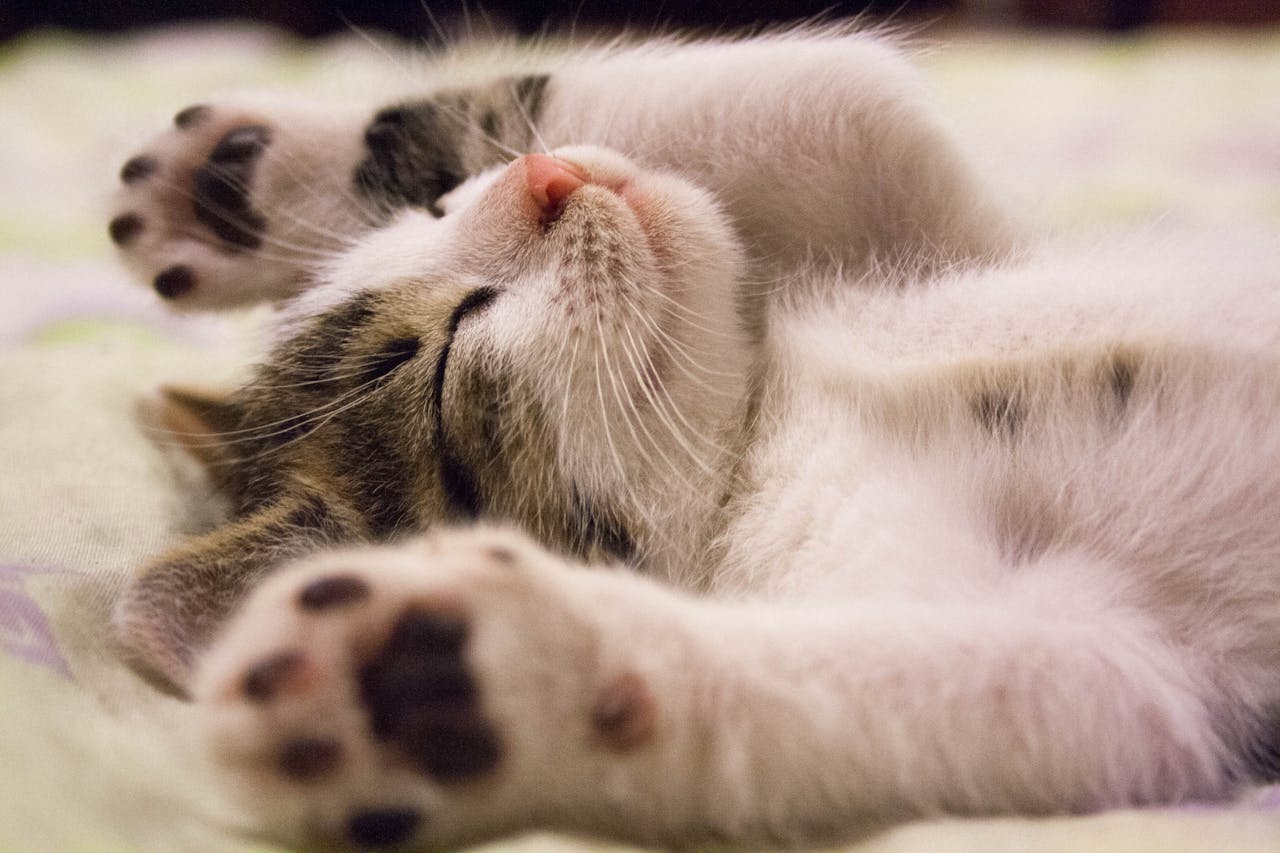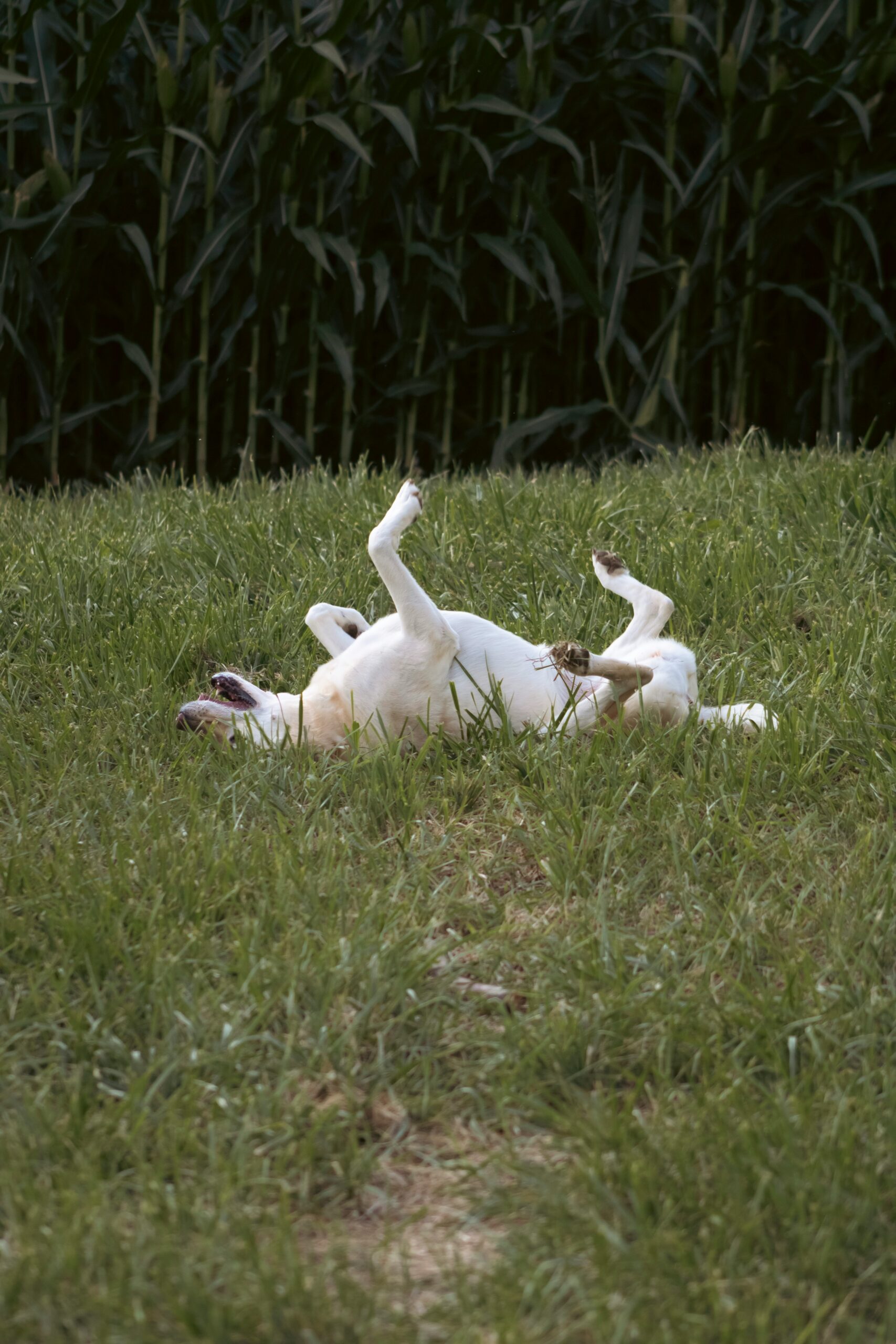The Secret Language of Purrs and Growls: Understanding Your Feline Friend
Introduction to Feline Communication
Understanding how cats communicate is key to fostering a harmonious relationship with these enigmatic creatures. Cats use a complex array of vocalizations, body language, and behaviors to convey their emotions and intentions. Among these methods, purring and growling stand out as primary vocal indicators that reflect a cat’s emotional state.
Purring is often perceived as a sign of contentment, but it can also indicate a range of other emotional states. For instance, cats may purr when they are in pain or feeling anxious, signaling to their companions a need for comfort and reassurance. The mechanics of purring involve the rapid twitching of the muscles within the larynx, which produces a consistent vibration when a cat breathes in and out.
Conversely, growling is generally interpreted as a sign of displeasure or a warning. When a cat growls, it is often expressing discomfort, fear, or aggression. This deep, guttural sound serves to alert other animals or humans to the cat’s defensive stance, signaling them to back off and respect its boundaries.
The evolution of feline communication can be traced back to the early stages of domestication. Initially, wild cats relied predominantly on non-vocal cues such as body posture and scent marking to communicate within their colonies. However, as cats began to live closer to humans, their vocal repertoire expanded. Their unique communicative abilities were honed to elicit responses from their new human companions, enabling them to coexist more effectively.
Today, cats utilize an intricate blend of vocalizations and physical cues to interact with both humans and other animals. Recognizing the different meanings behind purrs, growls, and other sounds is essential for any cat owner or enthusiast. By paying close attention to their feline friends, humans can better understand and respond to their needs, ensuring a nurturing and fulfilling relationship.
The Science Behind Cat Purrs
Cats have long intrigued scientists and pet owners alike with their enigmatic purring. At the heart of this phenomenon lies a complex interplay of biological mechanisms. Central to the production of purrs are the laryngeal muscles. These specialized muscles contract and relax rapidly, approximately 25 to 150 vibrations per second. As air moves past the vocal cords, these rhythmic oscillations generate the characteristic purring sound that many associate with feline contentment.
Neural pathways play a crucial role in this process. The neural oscillator in the cat’s brain sends consistent, repetitive nerve signals to the laryngeal muscles, orchestrating their precise movements. This sophisticated neural control ensures that purrs can be maintained both during inhalation and exhalation, making them unique among animal vocalizations. Remarkably, cats can even purr while eating or drinking, further emphasizing that purring is a deeply integrated physiological function.
Various scientific theories attempt to explain why cats purr. One prominent theory posits that purring has inherent healing properties. Research suggests that the frequency of cat purrs, typically ranging from 25 to 150 Hertz, falls within a range that promotes tissue regeneration and bone healing. Veterinarians have observed that cats purr in situations that would seem counterintuitive, such as during injury or stress, supporting the idea that purring aids in physical recovery.
Another theory is that purring serves as a self-soothing mechanism. Cats may purr to calm themselves, akin to how humans might hum or sing to mitigate stress. Additionally, purring facilitates communication. Cats use purrs to convey various states of being to humans and other cats, signaling everything from affection to discomfort. This multi-faceted communication tool underscores the social and emotional intelligence of felines.
In essence, the science behind cat purrs is intricate and multi-layered, reflecting the complex nature of our feline companions. Exploring these biological and theoretical underpinnings enriches our understanding of one of the most beloved and mysterious behaviors in the animal kingdom.
The Different Types of Purrs
Cats communicate with a variety of sounds, and purring represents one of the most intricate and multifaceted forms of feline communication. A deeper understanding of these different purrs can significantly enhance our connection with and care for our feline friends. Purring is often categorized into three main types: contented purring, solicitous purring, and pain-induced purring. Each type conveys distinct information about a cat’s emotional and physical well-being.
Contented purring is the most commonly recognized form and is typically associated with states of relaxation and happiness. This type of purr usually occurs when a cat feels safe and comfortable, such as during petting sessions or while nestled in a warm, cozy spot. The sound is generally rhythmic and steady, signaling a state of contentment. For example, a cat may engage in contented purring while sitting on an owner’s lap, reinforcing the bond between the cat and human.
Solicitous purring is somewhat different and is notably employed when a cat seeks attention or food. This type of purr tends to have a higher frequency and can be accompanied by other behaviors such as rubbing against legs or making direct eye contact. It serves as a persuasive tool, often leading owners to provide the desired response, such as feeding or interacting. For instance, a cat might employ solicitous purring early in the morning when it wants to be fed, aligning itself as an effective mechanism for communication.
Pain-induced purring occurs under different conditions and has a more complex undertone. Contrary to common assumptions, cats may purr when they are in discomfort or pain. This type of purring is believed to be a self-soothing mechanism, aiding in relaxation and pain relief. Veterinary caregivers often encounter pain-induced purring in cats experiencing illness or injury, making it crucial for owners to recognize and differentiate this from other types. An example would be a cat that purrs while recovering from surgery, indicating stress alleviation rather than pleasure.
Overall, each type of purring carries its own set of indications and behavioral cues, offering a nuanced insight into the emotional and physical states of cats. Recognizing and interpreting these can foster a better understanding and care for our feline companions.
Understanding Cat Growls
Growling is a significant aspect of a cat’s vocal repertoire, often signaling a variety of emotions and intentions. It is crucial for cat owners to recognize and comprehend the context in which growling occurs to better understand their feline friend’s behavior. Typically, growling is associated with feelings of aggression, fear, or territorial disputes.
When a cat growls, it is frequently a response to a perceived threat. For instance, if a cat feels cornered or is in the presence of another animal encroaching on its territory, it may growl to signal its discomfort. In instances of aggression, a growling cat might be preparing to defend itself. In a multi-cat household, growling often occurs during conflicts, serving as a warning to others to keep their distance.
Fear is another common trigger for growling. Cats may growl when they encounter unfamiliar people or animals. A fearful cat will often show additional signs such as dilated pupils, a puffed-up tail, and ears flattened against its head. Understanding these cues alongside growling can help in assessing the severity of the cat’s distress.
Body language plays a crucial role in interpreting a growling cat’s mood and intentions. Alongside the growling sound, a cat’s posture can provide additional insights. An aggressive cat may manifest tense muscles, a rigid stance, and direct eye contact. In contrast, a frightened cat might crouch low to the ground, attempting to appear smaller while seeking a retreat route. Observing these physical signs in conjunction with growling helps in gauging the appropriate response.
Recognizing the reasons behind a cat’s growling and the accompanying body language is essential for addressing underlying issues and fostering a harmonious living environment. By paying close attention to these vocal and physical cues, cat owners can better respond to their feline friends’ needs and prevent potential conflicts.
The Connection Between Purrs and Growls
Cats are known for their complex and diverse vocalizations, each carrying its own specific communicative purpose. Among these vocalizations, purrs and growls stand out as intriguing opposites, representing the spectrum of a cat’s emotional and physical state. Understanding how purrs and growls integrate with other forms of feline communication like meowing, hissing, and chirping is essential for interpreting a cat’s needs more accurately.
Purring is often associated with contentment, relaxation, and affection. Cats commonly purr when they are comfortable, such as when they are being petted or sitting on their owner’s lap. However, the purr can also signify self-soothing in times of stress or discomfort, making it a more complex vocalization than initially perceived. By examining the context in which a cat purrs, one can better determine whether it is a sign of happiness or an effort to calm itself.
On the contrary, a growl typically indicates discomfort, fear, or aggression. When a cat feels threatened or anxious, it may growl as a warning to potential aggressors. This low, guttural sound serves as a clear signal for others to keep their distance. Recognizing a growl’s emotional undertone is crucial, as it allows cat owners to address the root cause of their pet’s distress, thereby preventing potential escalations to more aggressive behaviors.
Complementing these vocalizations, meowing, hissing, and chirping further elaborate on a cat’s emotional and physical state. Meows can express everything from hunger to a call for attention, while hisses signal a defensive posture, often in response to a perceived threat. Chirps, resembling a bird’s tweet, are typically produced when a cat is intrigued or excited, frequently seen when a cat spots potential prey.
By understanding the full range of these vocalizations, cat owners are better equipped to interpret their feline friend’s needs and desires. The interplay between purrs, growls, and other vocalizations offers a nuanced framework for understanding a cat’s behavior and emotional state. This holistic approach can significantly enhance the bond between cats and their owners, ensuring a more harmonious coexistence.
Effective communication with your cat can significantly enhance the bond you share and contribute to a harmonious living environment. Understanding the secret language of purrs and growls is an essential step in this journey. Cats, much like humans, have their unique ways of expressing emotions, needs, and messages through vocalizations and body language. Recognizing and responding appropriately to these cues can make all the difference.
Responding to Purrs and Growls
Purring usually indicates a state of contentment and relaxation. When your cat purrs while being petted, it is a clear sign of comfort and trust. However, purring isn’t always a sign of happiness; at times, cats also purr when they are in pain or distress as a self-soothing mechanism. Conversely, growling is a more straightforward indicator of discomfort or aggression. If your cat growls, it is imperative to give them space and avoid any actions that may escalate the situation. Pay close attention to the context and accompanying behaviors to interpret these vocalizations correctly.
Understanding Feline Cues
Beyond vocalizations, body language plays a crucial role in feline communication. The position of a cat’s ears, eyes, tail, and body can convey a wealth of information. For instance, ears flattened back and dilated pupils typically suggest fear or aggression, while a relaxed body and slow blinking often indicate that your cat feels safe and content. Observing these cues attentively will help you respond to your cat’s emotions and needs more effectively.
Building Trust and a Deeper Bond
To create a trustworthy and close relationship with your feline friend, patience and attentiveness are key. Spend quality time engaging in activities your cat enjoys, such as playtime or gentle petting sessions, respecting their boundaries and preferences. Listening attentively to their vocalizations and observing their body language can help you respond in ways that make your cat feel understood and valued. Consistently providing a safe and nurturing environment will encourage your cat to communicate more openly, fostering a deeper bond over time.
Ultimately, mastering the language of purrs and growls enables you to engage in a meaningful two-way dialogue with your cat. By responding with empathy and understanding, you can nurture a loving and harmonious relationship that benefits both you and your feline companion.
Common Misconceptions About Purrs and Growls
There are several common misconceptions surrounding the vocal behaviors of cats, particularly around purring and growling. Many people assume that a cat’s purr is a direct indicator of its happiness and contentment. However, while purring can occur when a cat is relaxed, it is not an infallible marker of joy. Studies have shown that cats also purr when they are in pain, frightened, or even nearing the end of their lives. This complex vocalization serves multifaceted purposes and should be understood beyond the simplistic view of happiness.
On the other end of the vocal spectrum, growling in cats is often misconstrued as a sign of direct aggression. Although growling can indeed indicate that a cat feels threatened or is preparing to defend itself, it is not always an immediate precursor to an attack. Growling can also be a part of a cat’s warning system, signaling discomfort, territoriality, or even stress. Rather than viewing it purely as aggression, growling should be seen as a behavioral cue that the cat is experiencing a heightened state of alert or anxiety.
The misinterpretation of these vocalizations can lead to misunderstandings between cats and their owners. For instance, a cat may purr while being examined by a veterinarian, not because it enjoys the experience, but as a self-soothing mechanism. Conversely, a cat that growls when introduced to a new environment is not necessarily hostile but may simply need more time to acclimate.
Recognizing the nuanced meanings behind a cat’s purrs and growls is vital for improving human-feline interactions. By moving past these common misconceptions, owners can better respond to their pets’ needs and emotions. This fosters a more respectful and empathetic relationship, allowing both parties to communicate more effectively.
Conclusion: Embracing the Feline Language
Understanding the secret language of purrs and growls unveils a deeper connection with our feline companions. By decoding these vocalizations alongside their accompanying body language, cat owners can better meet their pets’ emotional and physical needs. Recognizing a contented purr or a stressed growl empowers caretakers to create more harmonious domestic environments.
Our exploration into feline communication reveals that purrs aren’t just expressions of pleasure but can also signal pain relief or self-soothing. Meanwhile, growls serve as critical warnings indicating discomfort or fear. Both vocalizations, complemented by body cues such as relaxed tails or arched backs, provide comprehensive insight into a cat’s well-being.
Encouraging readers to pay closer attention to these subtle signals enriches the human-feline relationship. With attentive observation, pet owners can proactively address their cat’s needs, foster trust, and mitigate stress. Enhanced understanding also facilitates effective responses to potential health issues, ensuring timely intervention and care.
Overall, the secret language of purrs and growls is a testament to the complexity and depth of feline communication. By embracing this unique dialogue, we not only elevate our bond with our cats but also contribute to their overall happiness and health. Continuously learning and adapting to these communicative cues fortifies our role as compassionate and attentive caretakers. This journey of mutual understanding promises a rewarding and joyful companionship with our feline friends.















Post Comment